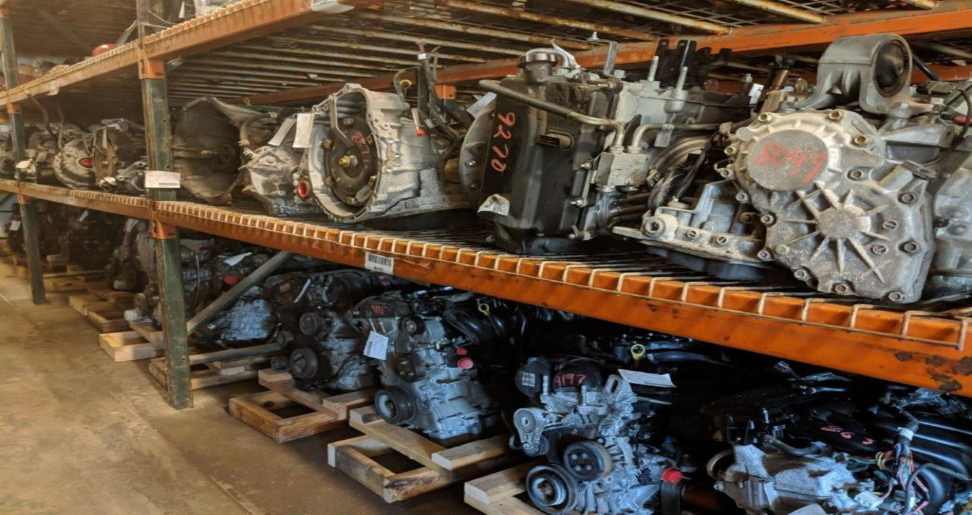In the realm of automotive repairs, replacing a transmission can be a significant investment. For many car owners, opting for a used transmission offers a cost-effective solution without compromising on quality. However, navigating the market for used transmissions requires careful consideration to ensure reliability and longevity. This buyer’s guide aims to provide essential insights into purchasing used transmissions, covering key factors from quality assessment to purchasing tips.
Understanding Used Transmissions
Used transmissions are salvaged from vehicles that are no longer operable or have been deemed beyond repair due to collision damage or other mechanical failures. These transmissions undergo inspection, refurbishment, and testing before being resold. They provide an affordable alternative to brand-new transmissions, often costing significantly less while offering comparable performance.
Factors to Consider Before Buying
1. Quality and Condition
The foremost concern when buying a used transmission is its quality and condition. Insist on transmissions that have been inspected and certified by reputable sellers. Look for warranties or guarantees that attest to the transmission’s reliability. Checking the mileage and maintenance history of the transmission can also provide insights into its potential lifespan.
2. Compatibility
Ensure that the used transmission you intend to purchase is compatible with your vehicle’s make, model, and year. Transmissions vary significantly across different vehicle types, and selecting the wrong one can lead to compatibility issues and additional costs for adjustments or modifications.
3. Seller Reputation
Choose a trusted seller or supplier when purchasing a used transmission. Reputable auto parts dealers or salvage yards often have rigorous quality control measures in place. Reading customer reviews and testimonials can provide valuable feedback on the seller’s reliability and customer service.
4. Testing and Inspection
Before finalizing your purchase, thoroughly inspect and test the used transmission. Look for signs of wear, leaks, or damage. Test the transmission under simulated driving conditions if possible to ensure smooth shifting and optimal performance. A reputable seller should allow you to inspect the transmission and provide relevant documentation regarding its condition.
5. Cost-Effectiveness
One of the primary reasons for opting for a used transmission is cost-effectiveness. Compare prices from multiple sellers to ensure you’re getting a competitive deal without compromising on quality. Consider the total cost, including shipping and installation charges, when evaluating different offers.
Purchasing Tips
1. Verify Mileage and History
Request information on the mileage and maintenance history of the used transmission. Low-mileage transmissions that have been well-maintained are generally more reliable and likely to offer better longevity.
2. Check for Warranty
Choose a used transmission that comes with a warranty or guarantee. This ensures that you have recourse in case the transmission fails prematurely or does not perform as expected.
3. Inspect for Leaks and Damage
Physically inspect the used transmission for any signs of leaks, cracks, or other visible damage. Even minor issues can escalate into costly repairs once installed in your vehicle.
4. Consider Professional Installation
While purchasing a used transmission can save you money, ensure that it is installed by a qualified professional. Proper installation is crucial for ensuring optimal performance and longevity of the transmission.
5. Understand Return Policies
Familiarize yourself with the seller’s return policies and procedures in case the used transmission is defective or incompatible with your vehicle. Clear terms regarding returns and exchanges provide peace of mind during the purchasing process.
Conclusion
Navigating the world of used transmissions requires careful consideration of quality, compatibility, and seller reputation. By following the guidelines outlined in this buyer’s guide, you can make an informed decision that ensures reliable performance and cost-effectiveness for your vehicle’s transmission replacement needs. Remember to prioritize thorough inspection, compatibility verification, and purchasing from reputable sellers to maximize the value and longevity of your investment in a used transmission.
Read more:

